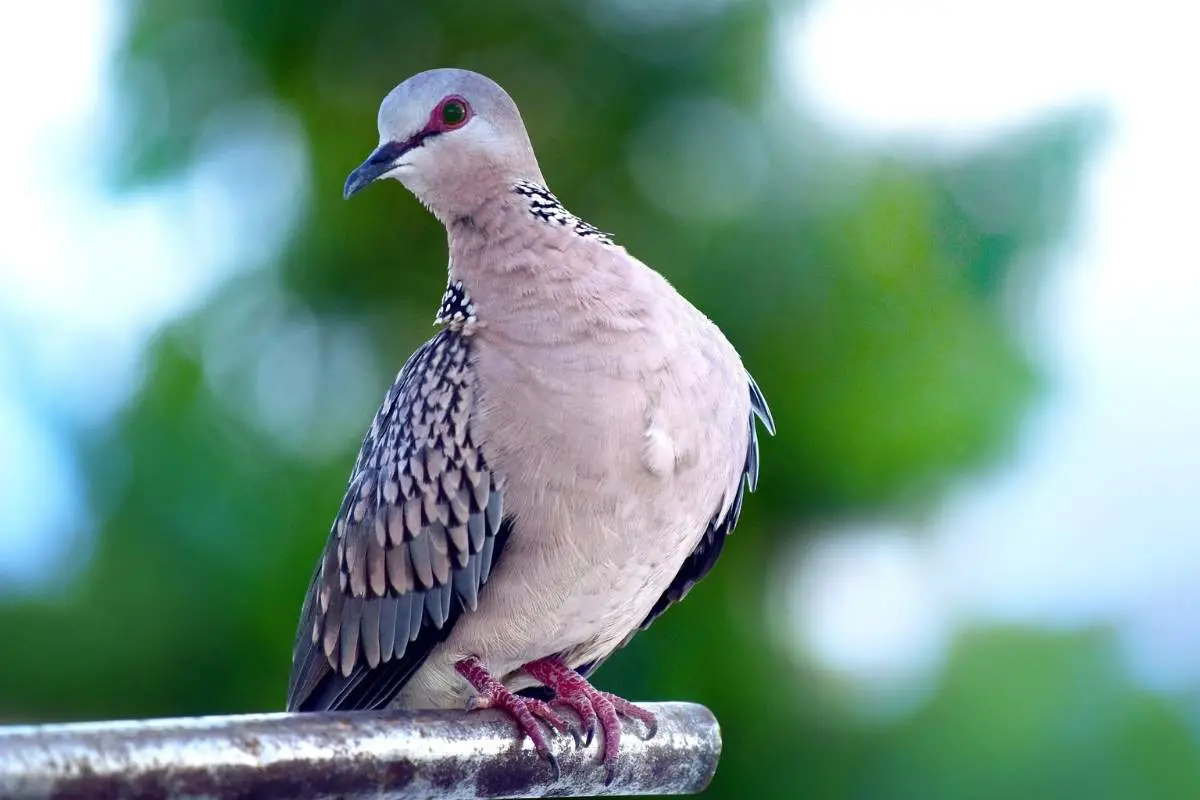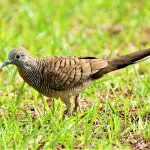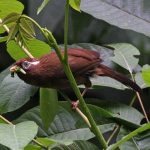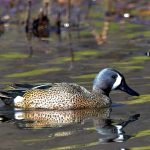Common Name: Spotted Dove
Scientific Name: Spilopelia chinensis| Size | Diet | Range in Hawaii | Status in Hawaii |
|---|---|---|---|
| 11.2 in. - 12.8 in. | grains, seeds and scraps | Big Islands | least concern |
The spotted dove (Spilopelia chinensis) is a small, long-tailed pigeon that is native to the Indian subcontinent, Southeast Asia, and parts of China. It is not native to Hawaii, but it has been introduced to the islands and is now found on all of the main islands.
Spotted Dove
Appearance
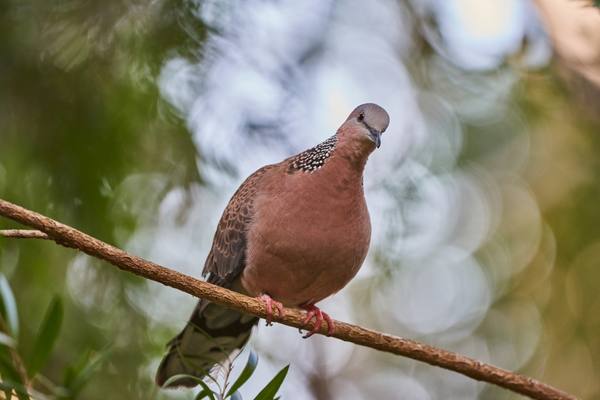
It has a distinctive appearance, with a pale gray head, neck, and breast, and a brown back and wings. The underside of its wings and tail are marked with black and white spots, which give it its name.
The spotted dove has a round body and a long, pointed tail. It has a wingspan of about 28-30 cm (11-12 inches) and weighs around 80-100 grams (3-4 ounces).
Diet
The diet of the spotted dove primarily consists of seeds, grains, and other plant material. In the wild, it feeds on a variety of seeds, including those from grasses, herbs, and trees, as well as grains, fruit, and berries.
It will also occasionally eat insects and small invertebrates. In urban areas, the spotted dove may also feed on food scraps and birdseed provided by humans.
Spotted doves are generally ground feeders, and they use their beaks to scratch the ground and uncover seeds and other food. They may also feed in trees or on the ground, depending on the availability of food. In the wild, they often forage in small flocks, but they can also be found feeding alone or in pairs.
Behavior
The spotted dove is generally a peaceful and non-aggressive species, and is known for its soft, cooing call. In the wild, it is found in a variety of habitats, including forests, woodlands, gardens, and urban areas. It is a social bird and is often seen in small flocks, although it can also be found alone or in pairs.
Nesting
The male and female may then build a simple nest together, made of twigs and leaves, in which the female will lay a single white egg. The nest is usually located in a tree, bush, or on a ledge, and is often placed near a source of water.
Both parents help to incubate the egg and feed the chick once it hatches. The chick is fed a secretion known as “pigeon milk” produced by both parents, which is rich in protein and helps the chick to grow and develop. Once the chick is old enough to leave the nest, it will fledge, or learn to fly, and eventually become independent.
Spotted doves are generally non-aggressive and are not known to defend their nests aggressively.
Habitat
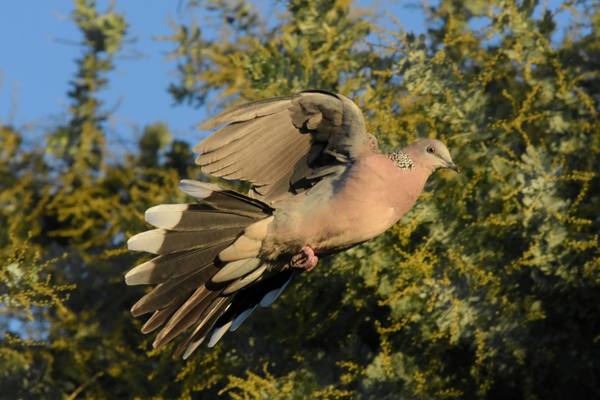
In Hawaii, the spotted dove is generally found in areas with a moderate to warm climate and is often seen in areas with a mix of open and wooded habitats.
Range
In Hawaii, spotted doves are found on all of the major islands, including Kauai, Oahu, Molokai, Maui, Lanai, and the Big Island of Hawaii. They are common in urban and suburban areas, as well as in agricultural areas and other open habitats.
Conservation Status
The conservation status of the spotted dove varies depending on its range. In some parts of its range, it is considered to be common and is not considered to be endangered or threatened. However, in other parts of its range, it may be at risk due to habitat loss, predation, and other threats.
The International Union for Conservation of Nature (IUCN) has assessed the conservation status of the spotted dove and has listed it as “Least Concern”. This means that it is not currently considered to be endangered or threatened, although its population may be declining in some areas due to habitat loss and other factors.
Interesting Facts
1. They are social bird
The spotted dove is a social bird that is often seen in small flocks or pairs. It is a relatively common sight in many parts of its range, including Hawaii.
2. A popular cage bird
The spotted dove is a popular cage bird, and it has been introduced to a number of countries outside of its native range. In Hawaii, the species was introduced in the late 19th century and it is now well established on all the main islands.
3. Important cultural and spiritual symbol
The spotted dove is an important cultural and spiritual symbol in many parts of Asia, where it is revered for its beauty and its soothing call. In Hindu mythology, the spotted dove is associated with the god Krishna, who is said to have played a flute made from the bone of a spotted dove.
4. Popular subject in art and literature
The spotted dove is a popular subject in art and literature, and it has been depicted in a variety of media including paintings, sculptures, and poetry. In many cultures, the spotted dove is seen as a symbol of love, peace, and hope.
Frequently Asked Questions:
Is the spotted dove native to Hawaii?
No, the spotted dove is not native to Hawaii. It is native to parts of Asia and the Pacific region, including India, Southeast Asia, and the Philippines. The spotted dove was introduced to Hawaii in the late 19th century, and it is now well established on all the main islands.
How can I identify a spotted dove in Hawaii?
In Hawaii, the spotted dove can be found in a variety of habitats including forests, gardens, and urban areas.
What do spotted doves eat in Hawaii?
Spotted doves are omnivorous and they feed on a variety of seeds and fruit. In Hawaii, they are known to feed on a wide range of plants, including figs, seeds, berries, and nectar. They are also known to feed on insects and other small invertebrates.
Are spotted doves protected in Hawaii?
In Hawaii, the spotted dove is not a protected species. However, it is illegal to hunt or kill any native or introduced bird species in Hawaii without a valid hunting or control permit.
